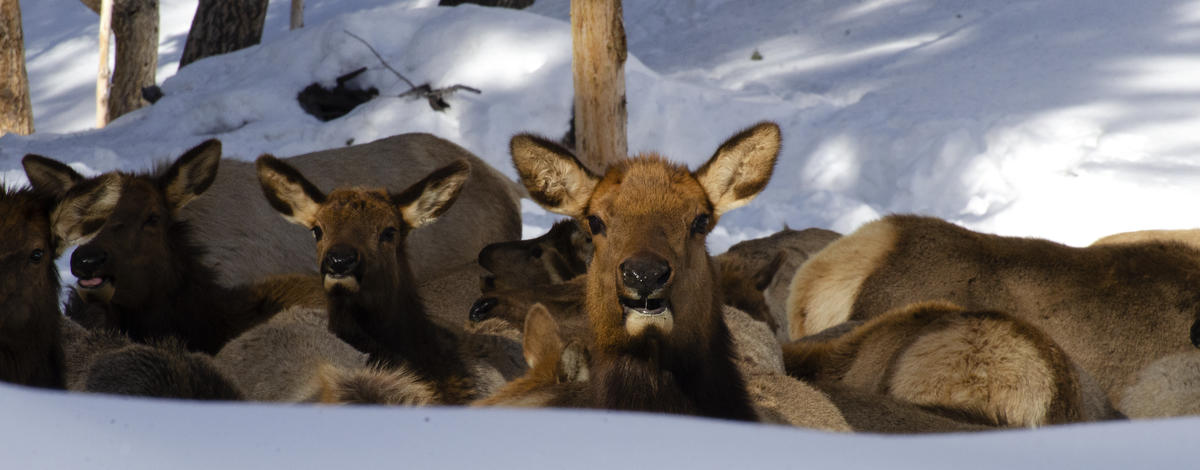Humans aren’t the only ones who can find it a bit of a struggle when extremely frigid weather or unusually deep snow hits Idaho. Our state’s wildlife — specifically deer, elk and pronghorn — has adapted over thousands of years to withstand fairly harsh winter conditions, but sometimes conditions are so harsh it leads to significant winter die-offs.
Idaho Fish and Game’s emergency big game feeding policy states that wildlife should be self-sustaining and reliant on natural habitat, not supplementally fed every winter, but there are some exceptions.
The Department is authorized to feed big game if the following conditions exist.
Excessively harsh winter conditions
When extreme weather threatens massive die-offs, Fish and Game has feed stockpiled so department staff can react. But even during normal winters, some wildlife mortality is expected, and the department's policy is that big game populations should generally be maintained under natural conditions and with naturally available forage.
Fish and Game maintains regional winter feeding advisory committees in four of the seven regions. These advisory committees are made up of citizen volunteers who make recommendations to Fish and Game about whether emergency feeding should be considered.




